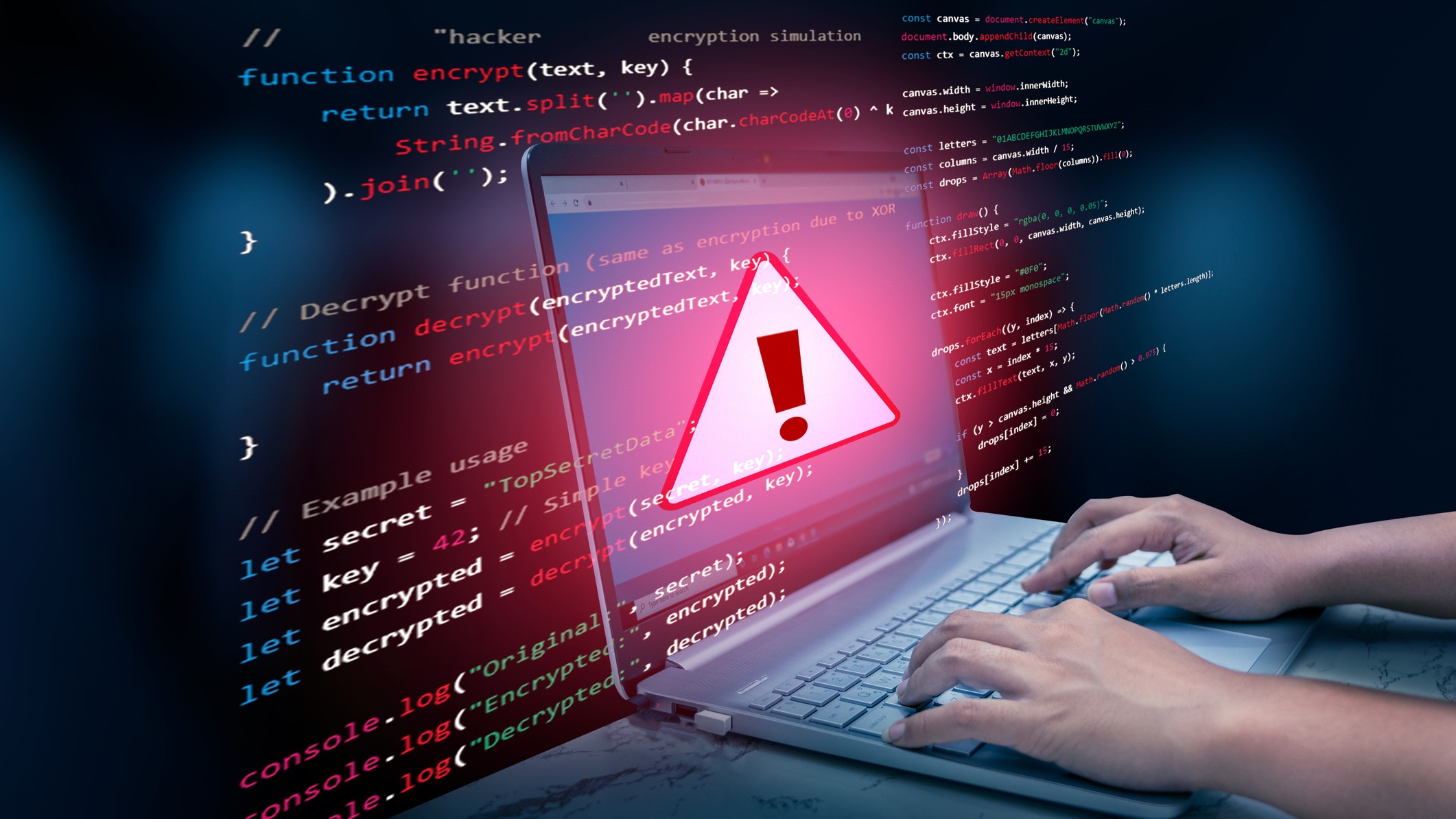See what’s trending right now
AIin Technology
2 hours agoAI is transforming industries with smarter security, flexible tools like NotebookLM, and innovations in trucking, showcasing its potential to enhance efficiency and safety.
Technology
Opinion | AI in Trucks Is Worth a Shot
positiveTechnology
A personal tragedy—a family forever changed by a truck crash caused by a drowsy driver—fuels this opinion piece advocating for AI in commercial trucks. The author argues that despite concerns, autonomous or AI-assisted trucking could save lives by reducing human error, making it a risk worth taking.
Why CISOs are making the SASE switch: Fewer vendors, smarter security, better AI guardrails
positiveTechnology
Chief Information Security Officers (CISOs) are ditching messy, multi-vendor security setups for a simpler, all-in-one approach called SASE (Secure Access Service Edge). The reason? AI-powered cyber threats are slipping through the cracks of fragmented systems, and CISOs are tired of playing whack-a-mole with vulnerabilities. SASE bundles networking and security into a single platform, cutting down on headaches, tightening defenses, and even offering better AI-powered safeguards.
Editor’s Note: If you’ve ever struggled with too many apps or gadgets that don’t quite work together, you’ll get why this shift matters. For businesses, juggling multiple security tools isn’t just annoying—it’s risky. SASE streamlines everything, making it harder for hackers to exploit gaps. Plus, with AI threats on the rise, having smarter, unified protection isn’t just convenient—it’s essential. This isn’t just tech jargon; it’s a real move toward simpler, stronger security.
NotebookLM's AI Superpower Is Its Flexibility. Here's How to Get Started With It
positiveTechnology
Google's NotebookLM is like a supercharged research sidekick—it adapts to your needs, whether you're summarizing dense articles, brainstorming ideas, or organizing notes. The article walks through how to harness its AI smarts, positioning it as a standout in the crowded field of digital assistants.
Editor’s Note: With AI tools flooding the market, NotebookLM’s flexibility makes it more than just another chatbot—it’s a practical upgrade for students, writers, or anyone drowning in information. If it delivers on its promises, this could change how we interact with research and knowledge daily.
New 1.5B router model achieves 93% accuracy without costly retraining
positiveTechnology
Katanemo Labs just dropped a new AI routing system that’s both smart and thrifty—it nails 93% accuracy in directing tasks between AI models without the usual headache (and cost) of retraining. Basically, it’s like a traffic cop for AI that learns on the fly, adapting to new models while keeping humans happy with its decisions.
Editor’s Note: Retraining massive AI models is expensive and slow, so a router that avoids that while staying accurate is a big deal. This could make AI systems cheaper to run and easier to update, which matters for everything from customer service bots to research tools. It’s a step toward AI that’s less brittle and more adaptable—something everyone in tech’s been chasing.
Wi-Fi signals could soon be used by AI-driven robots to identify objects inside boxes - or even tools hidden in a drawer
positiveTechnology
MIT researchers have cracked a clever new way for robots to "see" through walls, boxes, and drawers—using ordinary Wi-Fi signals. Their system, called mmNorm, analyzes how wireless signals bounce off hidden objects to reconstruct their 3D shapes with startling 96% accuracy, even through different materials. It’s like giving machines X-ray vision without the X-rays.
Editor’s Note: Forget fumbling through junk drawers—this tech could revolutionize everything from warehouse logistics (hello, instant inventory checks) to search-and-rescue missions (finding survivors in rubble). It’s also a privacy rabbit hole waiting to happen, but for now, the focus is on turning Wi-Fi into a superpower for robots.
Wimbledon has an AI problem, but are tennis players just using technology as a scapegoat?
negativeTechnology
Some tennis players at Wimbledon are grumbling about the tournament's AI-powered line judges, claiming the tech is making bad calls. But critics argue the athletes might just be looking for someone to blame when things don't go their way—old habits die hard, even in the face of new tech.
Editor’s Note: This isn’t just about tennis—it’s a classic clash between tradition and innovation. If players keep distrusting AI, it could slow down tech adoption in sports, even when the systems are more accurate than humans. But if the tech really is flawed, that’s a whole other problem. Either way, the debate exposes how hard it is to change the game, literally and figuratively.
Hackers could one day use novel visual techniques to manipulate what AI sees - RisingAttacK impacts 'most widely used AI computer vision systems'
negativeTechnology
A new technique called RisingAttacK can trick AI vision systems by making tiny, nearly invisible changes to images—causing the AI to misidentify or completely overlook objects while humans remain none the wiser. This isn't just theoretical; it affects some of the most widely used AI models out there.
EU Slaps Google With Antitrust Complaint Over AI Overviews
negativeTechnology
The EU is taking action against Google, accusing the tech giant of antitrust violations related to its AI Overviews feature. Independent publishers are raising alarms, arguing that Google’s AI is scraping and repurposing their fresh journalistic content to dominate search results—potentially squeezing them out of visibility and revenue.
Editor’s Note: This isn’t just another regulatory skirmish—it’s about who controls the flow of information online. If Google’s AI can effectively replace clicks to news sites with AI-generated summaries, publishers (especially smaller ones) could lose traffic and ad income. The EU’s move signals growing scrutiny over how Big Tech’s AI ambitions might distort competition—and who pays the price.
ChatGPT Glossary: 53 AI Terms Everyone Should Know
positiveTechnology
AI is everywhere these days, but keeping up with all the jargon can feel like learning a new language. This handy glossary breaks down 53 essential AI terms—from "algorithm" to "zero-shot learning"—so you can navigate conversations about ChatGPT and other AI tools without feeling lost. Whether you're a curious beginner or just need a quick refresher, this list is like a cheat sheet for the AI era.
Editor’s Note: Let's face it—AI isn't going away, and neither are the confusing terms that come with it. This glossary matters because it demystifies the buzzwords you'll keep hearing in news headlines, at work, or even in casual chats. Understanding these terms means you’ll be better equipped to engage with (or critique) the tech shaping our lives. Plus, nobody wants to nod along pretending they know what "hallucination" means in an AI context.
Why World Pulse Now?
Global Coverage
All major sources, one page
Emotional Lens
Feel the mood behind headlines
Trending Topics
Know what’s trending, globally
Read Less, Know More
Get summaries. Save time
Stay informed, save time
Learn moreLive Stats
Articles Processed
6,681
Trending Topics
168
Sources Monitored
211
Last Updated
an hour ago
Live data processing
How it works1-Minute Daily Briefing
Stay sharp in 60 seconds. Get concise summaries of today’s biggest stories — markets, tech, sports, and more
Why World Pulse Now?
Global Coverage
All major sources, one page
Emotional Lens
Feel the mood behind headlines
Trending Topics
Know what’s trending, globally
Read Less, Know More
Get summaries. Save time
Stay informed, save time
Learn moreLive Stats
Articles Processed
6,681
Trending Topics
168
Sources Monitored
211
Last Updated
an hour ago
Live data processing
How it works1-Minute Daily Briefing
Stay sharp in 60 seconds. Get concise summaries of today’s biggest stories — markets, tech, sports, and more







